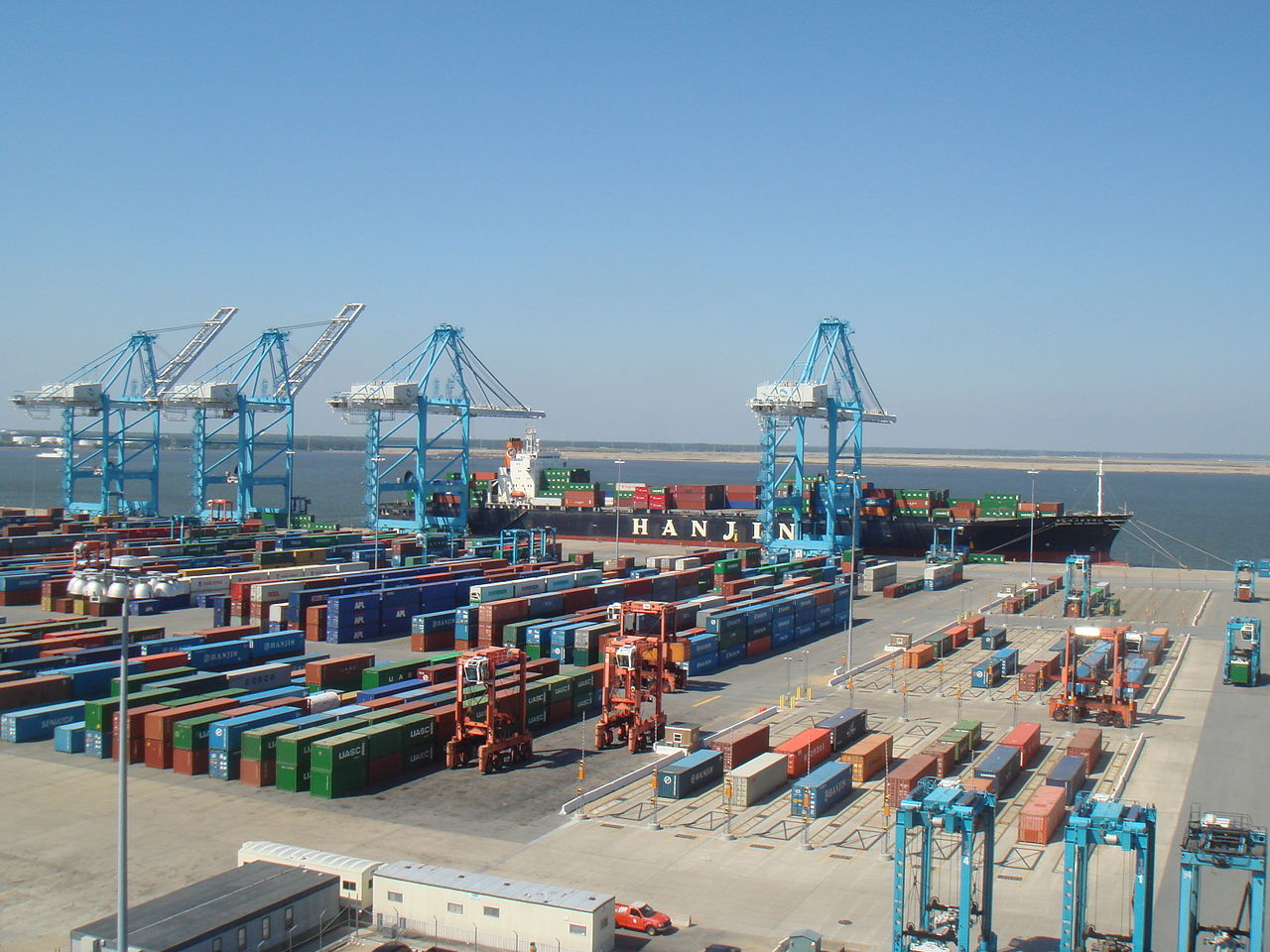State of Commonwealth Report Explores Virginia's Economic Health
November 13, 2017
 Norfolk International Terminal
Norfolk International Terminal
The third State of the Commonwealth Report, produced by Old Dominion University's Center for Economic Analysis and Policy (CEAP), indicates challenges in the present, and not-to-distant future, for Virginia on a number of fronts.
The 160-page report, released at www.ceapodu.com on Nov. 19, shows that Virginia's recovery from the economic slowdown that began a decade ago remains agonizingly slow, and that cross-currents stand to affect how the Virginia economy performs in relation to other states.
Some economic indicators are positive, such as the strong performance of the Port of Virginia and employment growth in Northern Virginia and Richmond, the report notes. Other signs are more troubling — such as a slowdown in wage growth and a high dependence on federal government spending.
"Making sense of conflicting economic news is difficult," write report co-editors Bob McNab and James V. Koch. "It is much easier to cherry-pick one statistic to trumpet on Twitter, cable TV or the Internet. However, this would provide a deceptive view of what is a much more complicated economic situation."
The report predicts economic growth of 1.8 percent for Virginia in 2017, which is below the historical average for the Commonwealth, and below the growth rate of the U.S. economy. However, if realized, this would be the first time Virginia has achieved year-over-year economic growth of greater than 1 percent in two consecutive years since 2005-06.
Koch, president emeritus of Old Dominion University, created the report in 2015, as a companion to the influential Hampton Roads State of the Region Report, which was issued for the 18th consecutive time at sessions in Norfolk and Newport News in October.
McNab, professor of economics in the Strome College of Business and deputy director of the CEAP, said the culprit for the slow-to-recover economy has been stagnation in federal government spending — a problem which has vexed Virginia since fiscal austerity measures such as sequestration were imposed on federal spending in 2013.
"Why is this important for Virginia? Federal spending in the Commonwealth is akin to oil and natural gas for Alaska and North Dakota," McNab wrote.
In addition to the macroeconomic look at Virginia, the report features five other chapters.
In the chapter on Virginia's regional metro areas, the State of the Commonwealth Report shows that between 2010 and 2016, only the Richmond metro area has seen annual economic growth approximate national economic growth.
The challenge of data lagging behind statewide indicators, and the increased amount of contract and freelance work makes providing a truly accurate picture of each metro region very difficult. However, the report notes that strong growth in employment for 2017 to date in every metro region of the state suggests that they are poised to post better growth numbers in the near future.
On a more somber note, the State of the Commonwealth Report features a chapter on the scourge of opioids in Virginia. The chapter suggests a plan of action for Virginia that includes gathering better information about opioid addiction, providing better information to doctors and pharmacists, supporting research into nonaddictive painkillers, creating a national prescription registry and continuing the medical community's current practice of utilizing opiate substitute drugs such as methodone, to move individuals away from their addiction.
"Almost needless to say, such interventions will require funding if they are to make a difference," the report notes.
Other chapters include the growth of the "gig" economy through companies such as Airbnb, and the rising costs of higher education in Virginia.
The final chapter of this year's report takes an unorthodox look at a way to increase the stature of Virginia's populated areas nationwide and worldwide. The State of the Commonwealth Report suggests that the Hampton Roads and Richmond regions should consider an informal merger into a "mega-region."
"Nothing prevents the Richmond and Hampton Roads metropolitan areas from marketing themselves as a megaregion and then behaving accordingly — for example, developing a super-regional airport midway between the two population centers," and enabling infrastructure gains such as the widening of I-64 between Newport News and Richmond, the report notes.
In order to make this even remotely feasible, municipalities across Virginia, and even across different regions, need to shed their penchant for parochial thinking, and consider a more regional approach to planning, the report notes.
The Center for Economic Analysis and Policy in the Strome College at Old Dominion University undertakes a wide range of economic, demographic, transportation and defense-oriented studies. Since 2000, the center and its predecessors have produced the highly regarded State of the Region Report for Hampton Roads.

